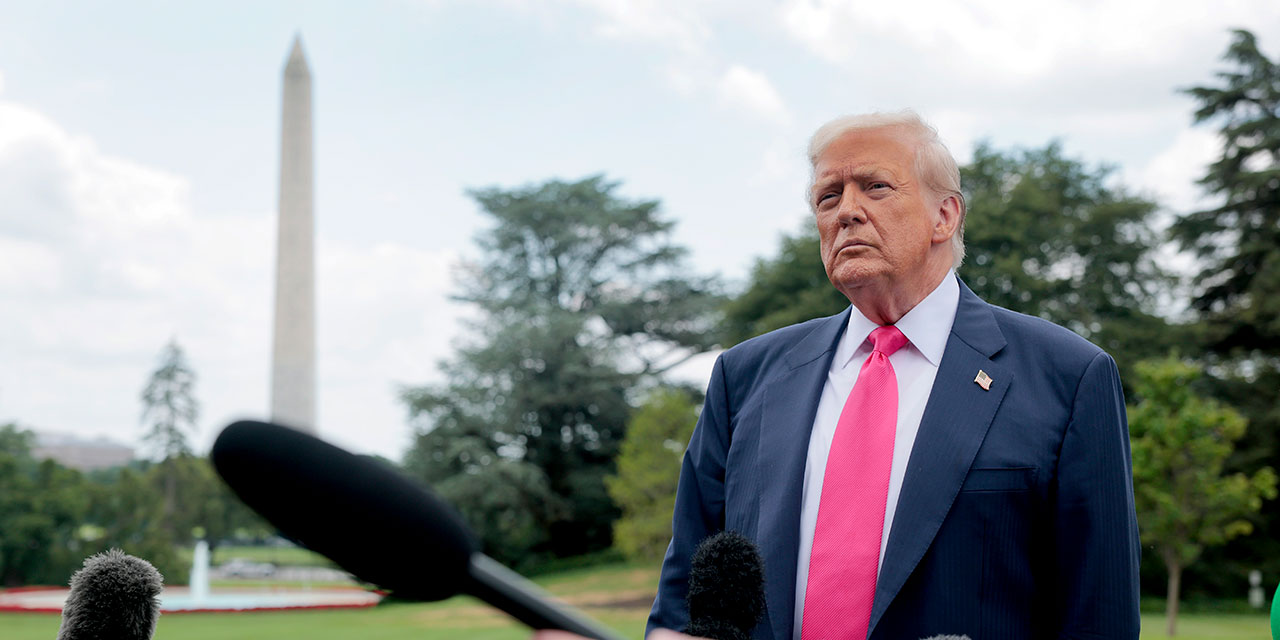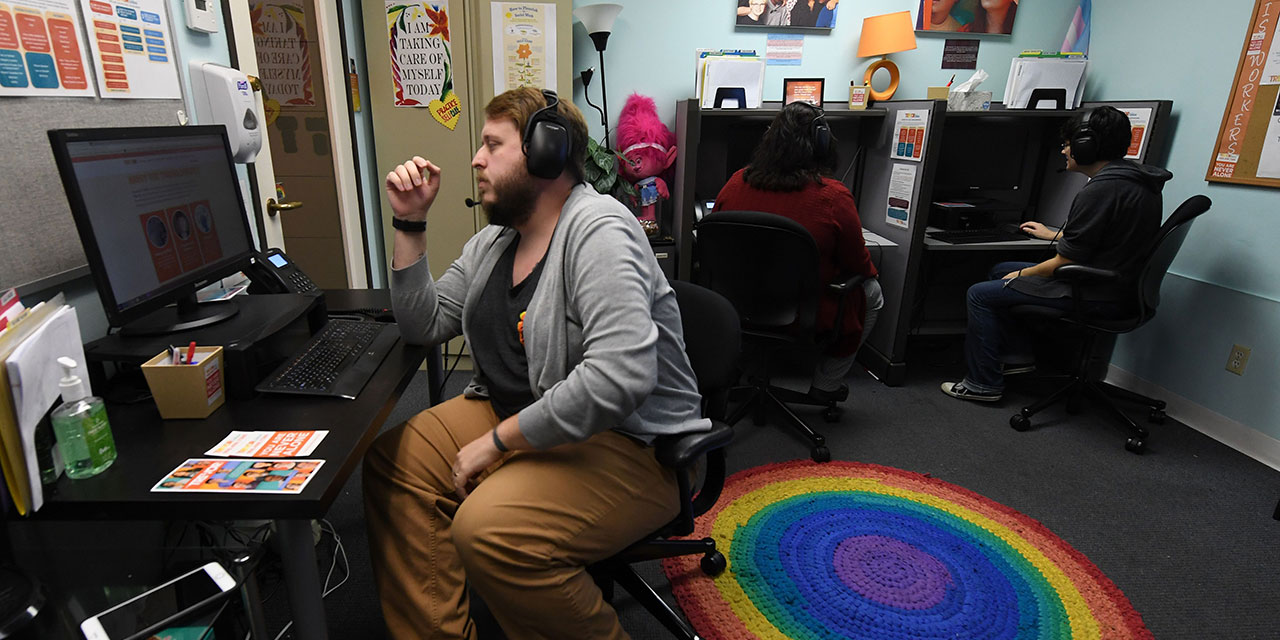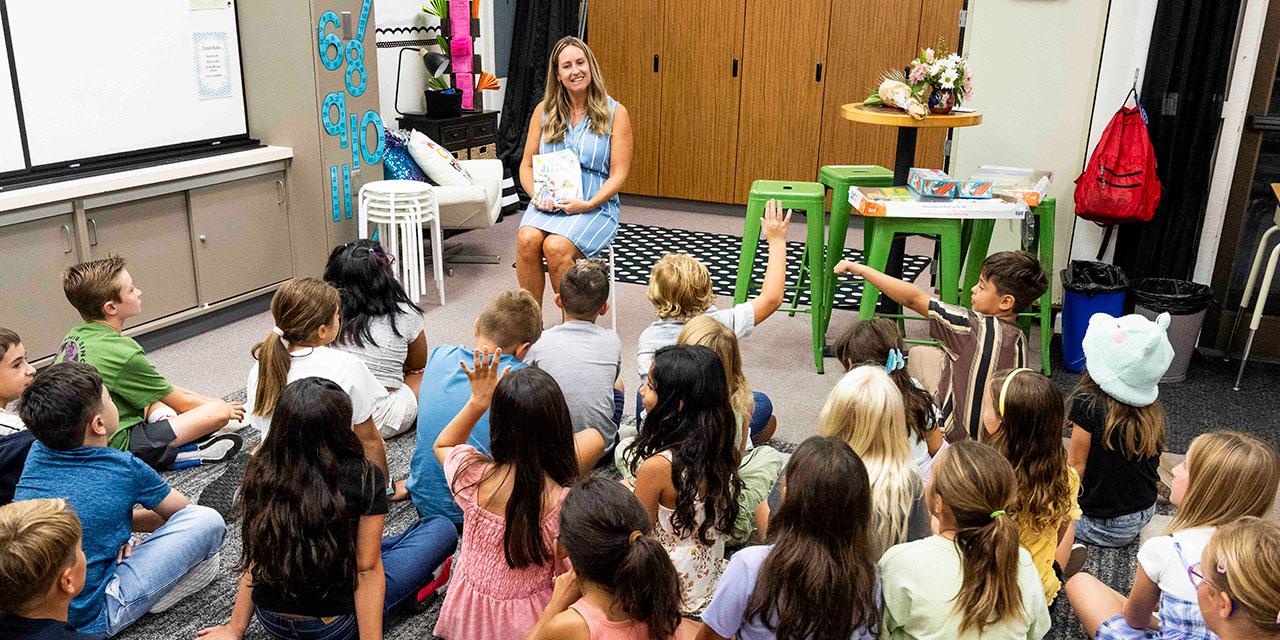Faced with even more red ink on the books than usual, school districts across New York are preparing to lay off thousands of public school teachers. Many young and energetic instructors will be shown the door since, under state law, teachers with the least seniority get pink slips first. This first-in, last-out policy may ruffle the fewest feathers, but it isn’t good for kids. Before a lot of good teachers are unnecessarily let go, New Yorkers should seriously consider a bill proposed by State Assemblyman Jonathan Bing and State Senator Ruben Diaz that would give principals discretion to decide which teachers to lay off.
The Bing/Diaz proposal is promising, because a wide body of research shows that on average, teaching experience beyond three years contributes little or nothing to student learning. In fact, according to a review of the research literature by Stanford economist Eric Hanushek, only 41 percent of “high-quality” estimates—analyses that account for prior student proficiency—could distinguish any relationship between the amount of time a teacher has spent in the classroom and his or her effectiveness. Of course, some teachers do get better over time. I have no reason to doubt the personal testimony of teachers who claim they are much better at their jobs today than they were in their third year of teaching. But some teachers don’t improve, while others burn out and actually get worse over time.
Finally, a reason to check your email.
Sign up for our free newsletter today.
Experience isn’t the real issue, anyway. Whether an individual teacher is better at her job today than she was yesterday tells us nothing about whether she is more effective than the teacher down the hall. Experience explains little of the difference between any school’s most and least effective teachers. The results of a study by Hanushek, Steven Rivkin, and John Kaine published in Econometrica, one of the world’s most prestigious economics journals, fairly represent the state of current research. They found that the teacher to whom a child gets assigned is the main school-based factor determining the size of his test-score gains during a given year. Seeking to identify the characteristics of the most effective teachers, they found that experience and credentials accounted for only about 2 percent of a teacher’s contribution to a student’s test-score gains.
That is, upward of 98 percent of a teacher’s contribution to her student’s learning owes to factors other than experience. Since the number of years teachers spend in the classroom hardly explains why some of their students show lots of progress and others show none at all, it makes almost no sense to decide, entirely based on seniority, whom to let go and whom to retain.
Most of the qualities that differentiate a great teacher from a not-so-great teacher can’t be collected in an administrative data set. Qualitative attributes, such as a teacher’s patience, classroom management skills, and knack for presenting complex information clearly explain most of her influence on her students. Bureaucrats sitting in Department of Education offices can’t discern whether a teacher possesses such attributes. But principals and others inside the schools observe these things daily. A recent National Bureau of Economic Research paper by Brian Jacob and Lars Lefgren found that principals are quite good at identifying the best and worst teachers in their schools. Just as other scholars have, Jacob and Lefgren found that teacher experience was unrelated to the size of student test-score gains. However, principals’ subjective rankings of their teachers correlated well with measures of teachers’ influence on student scores. Principals struggled to distinguish one moderately effective teacher from another, but they could accurately identify the best and worst teachers in their schools.
Jacob and Lefgren’s findings aren’t so surprising. It’s an open secret that everyone in a school knows who the best and worst teachers are. Those who work with teachers every day can recognize teacher quality.
Unfortunately, the proposed Bing/Diaz bill to end seniority-based layoffs doesn’t appear to have much traction in Albany. That’s a shame, because with large-scale layoffs imminent, failure to distinguish between the most and least effective teachers will prove disastrous for New York’s kids.



